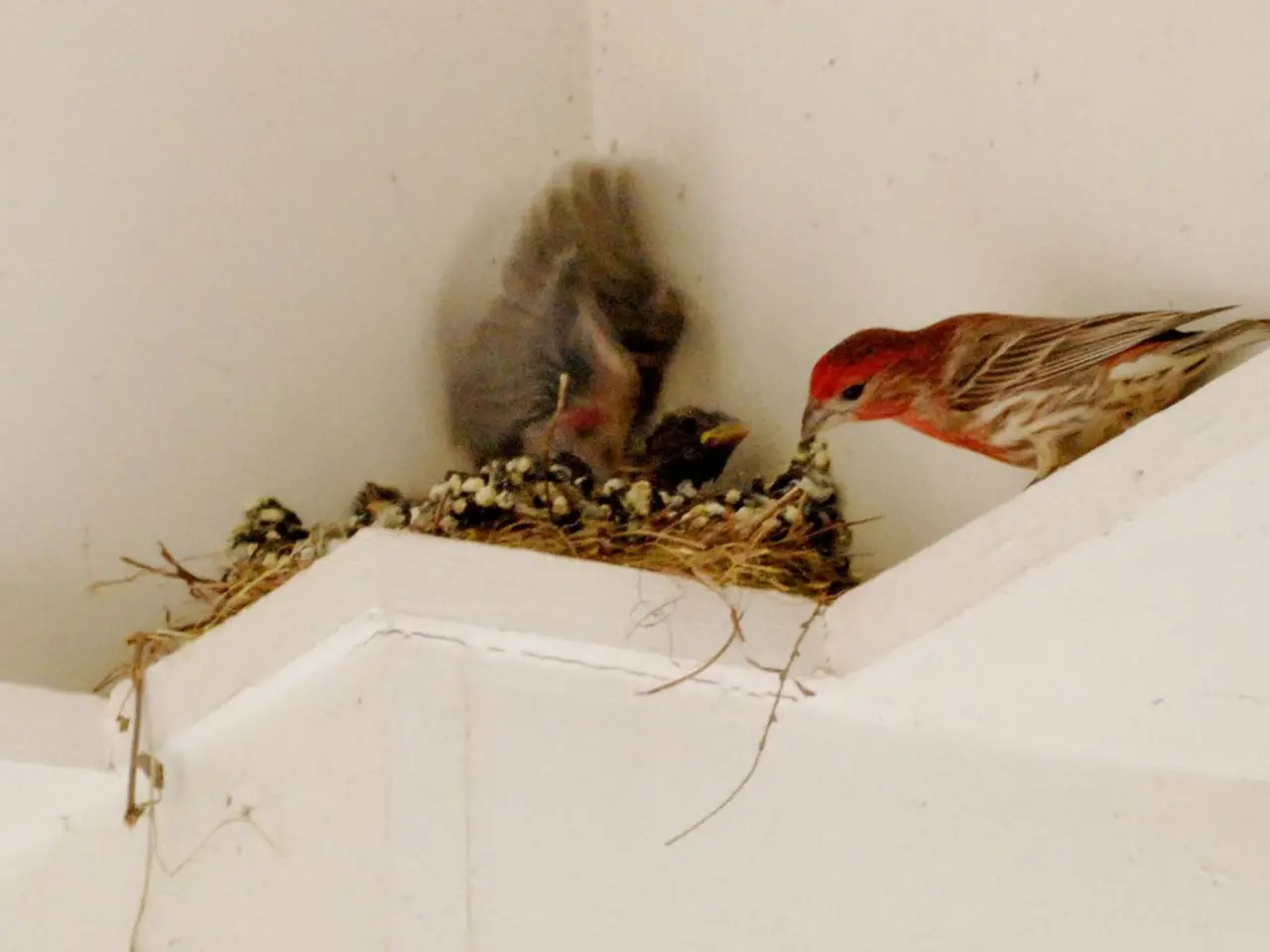Bangladesh's Waterbird Crisis: Two-Thirds of Breeding Sites Lost
Bangladesh's waterbird population is in a state of crisis, with a rapid decline in migratory and colonial species. These birds play vital roles in ecological balance, yet two-thirds of their breeding sites have been lost due to habitat destruction and human disturbance.
Over 170,000 waterbirds inhabit Bangladesh's north and north-east wetlands. However, critical breeding sites have been lost, putting rare species like the Lesser Adjutant and Asian Woollyneck Stork at risk. The collapse of these colonies can impact human livelihoods dependent on fishing, agriculture, and tourism.
Poaching remains a significant threat despite the Wildlife (Conservation and Security) Act 2012. Limited resources and low prioritisation hinder enforcement. Recently, local environmental groups and wildlife conservation authorities called for stricter penalties against bird hunting and reduction of light and plastic pollution on World Migratory Bird Day 2025 in Rajshahi. They urged for bird-friendly cities and communities.
Indiscriminate hunting, wetland encroachment, unregulated tourism, and urban development are driving the decline. Habitat loss from wetland encroachment, tree felling, urbanisation, and pollution further exacerbate the vulnerability of these populations.
An integrated approach is needed to save Bangladesh's waterbirds. This includes wetland restoration, protected zones, stricter anti-poaching measures, and community engagement. Authorities are urged to implement these measures and involve communities in monitoring and safeguarding bird populations.







